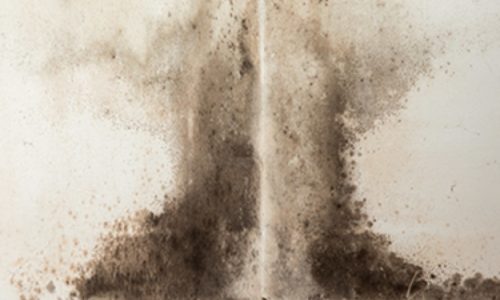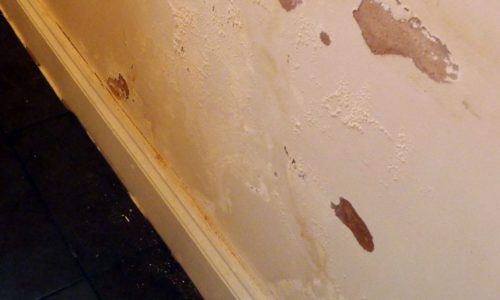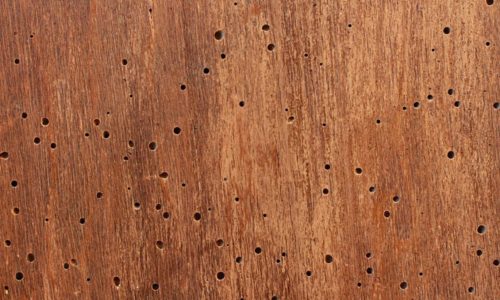Rising damp is at the lower part of walls and solid floors, and is caused by nature – water soaking up from the ground.
Modern houses, will be protected by a waterproof barrier that’s built into the walls 150mm above the ground called the damp proof course and another one that’s laid under concrete floors called the damp proof membrane.
But if there’s a gap or breach in your damp proof, water from the ground can be drawn up into the structure of your house.
Old house built without a damp-proof barrier, suffer from rising damp.
The problem is made worse by wet weather, it may never completely dry out even in summer. If you spot signs of rising damp, you may need to call in professional help to find out the cause and remedy it.
Symptoms and remedies of damp
Damp is rising to about one metre up your wall.
If you have an old house there may not be a damp-proof course, or it could be damaged. You’ll need to call in a professional to repair your damp-proof course, or install a new one.
There are damp patches on your concrete floor.
If your house doesn’t have a damp-proof course, you’re unlikely to have a damp-proof membrane under your floor. And if there is a membrane, it could be damaged. To fix this, try painting your floor with two coats of bitumen latex waterproofing emulsion. And for added protection, lay some reflective foil building paper (foil-side up) on the second coat before it’s completely dried.
Mould has formed on the timbers in your roof space.
Ventilation can let air circulate around your roof space, condensation will form and, in time, cause damp and mould problems.
To remedy this, clear any air vents. Or if there’s no ventilation, fit soffit vents or tile or slate vents in your roof.
Treat with:
- Pore blocking salt mixture – A cement based mortar, which again needs to be injected and is mostly suitable for professional use and only on stone walls in Ireland
- Osmotic water repellence – This can be passive or active and is done via embedded wires in the wall.


